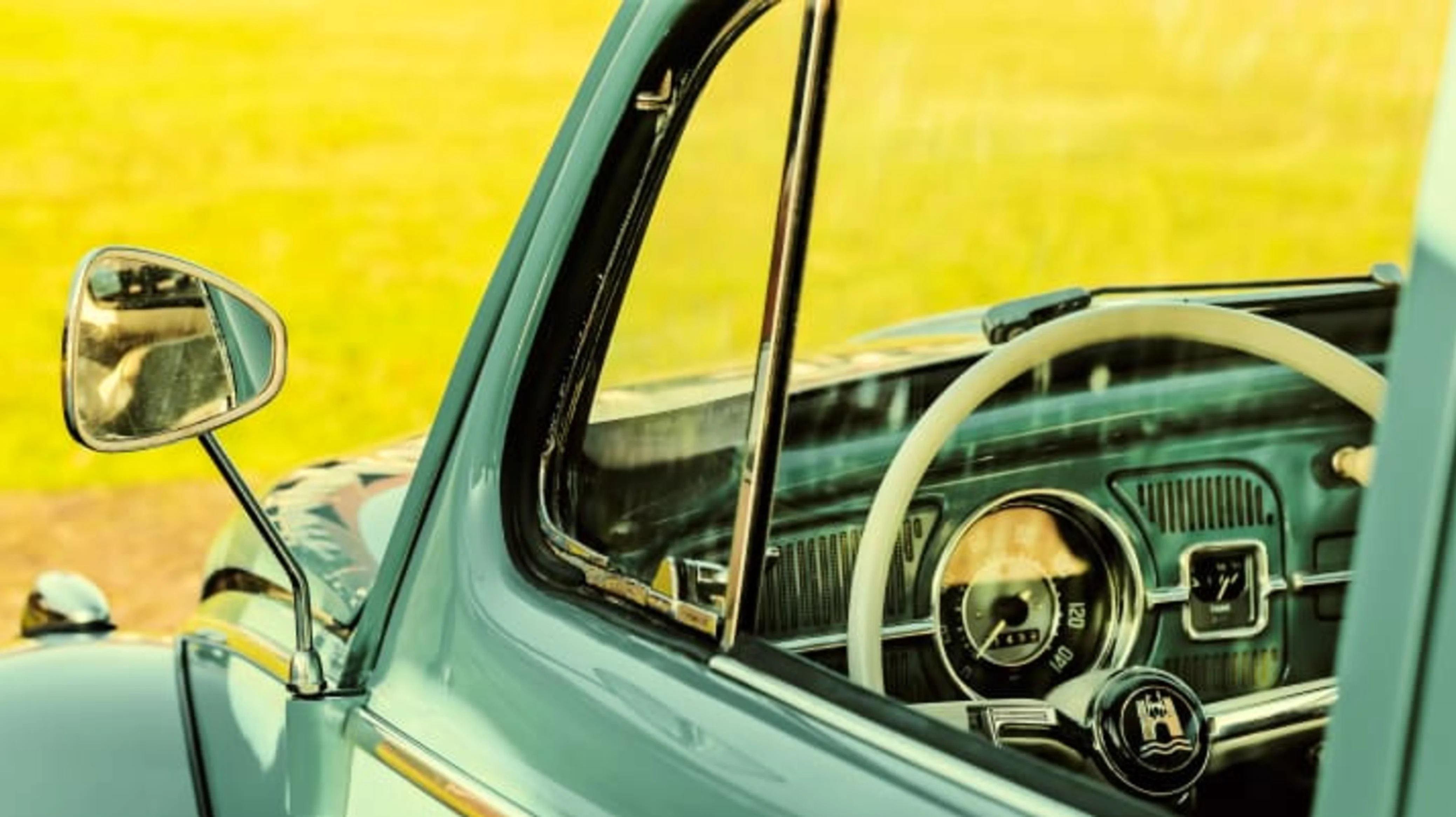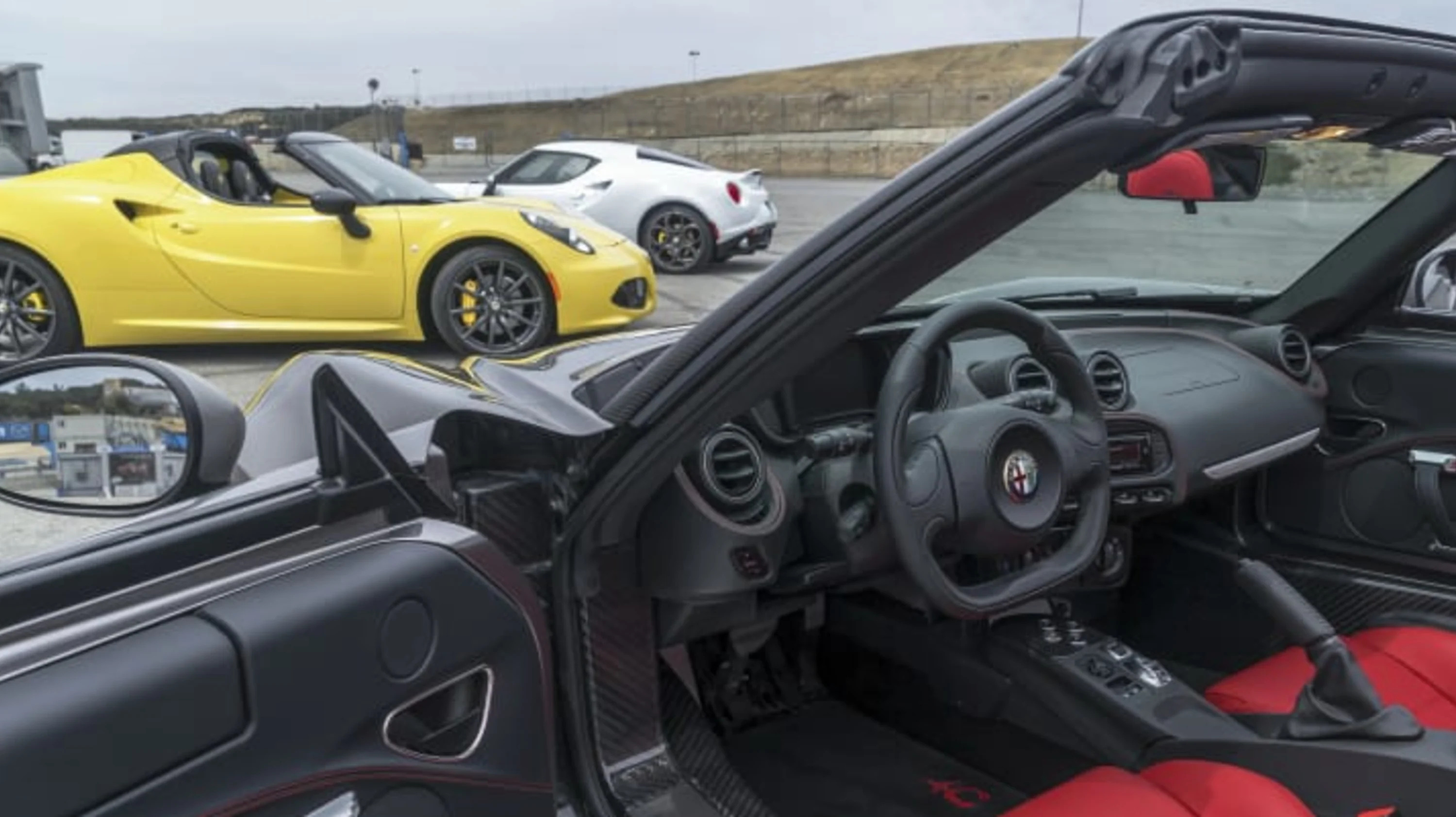As much as auto manufacturers would like to tout their newest features as revolutionary, the realities of vehicle mass production mean that changes are often gradual rather than abrupt. A side effect of this process is that the loss of certain features and undesirable design tweaks are often masked by diverting attention toward the latest and greatest enhancements.
But as cars evolve and these changes continue to stack up, it's becoming more obvious that modern technology just doesn't have a suitable replacement for some of these attributes. Here are a few aspects of modern automobiles that still keep us wistfully looking at years gone by.

Being Able To See Around The A-Pillar
As federal mandates for crash safety have grown over the years, the impact these standards have had on vehicle design has become more profound. But one aspect where this isn't necessarily a positive is in terms of outward visibility. Along with rising beltlines that make seeing your surroundings generally more difficult – and comfortably hanging your elbow out the window an impossibility – stricter roof crush tolerance standards have resulted in increasingly bloated A-, B-, and C-pillars.
To get a sense of what a profound impact this has had on a driver's ability to see what's in front of them, take a spin in a car that's a few decades old – you won't need to crane your neck around the A-pillar to see if you're about to run over a full-sized elk that's completely obscured by this massive visual barrier. Surely these beefier pillars make modern vehicles safer in the event of a rollover, but aren't the most effective safety features the ones that prevent accidents from ever occurring?

Getting In And Going
When you hop behind the wheel of an older vehicle, you essentially turn the key and hit the road. But with modern cars, more often than not it's closer to the pre-flight checks aboard a Cessna than a simple trek to the store in your daily driver.
Since many vehicles are programmed to revert to their default settings when they're restarted, the process of getting situated becomes a multi-phased ritual of seat adjustments, drive mode tweaks, and feature enabling and disabling, all with the subconscious hope that Bluetooth pairing between your smartphone and the car's infotainment system doesn't hit a snag along the way.

Spontaneous Hoonery
Compounding frustrations of the convoluted startup procedures listed above, modern traction control has completely killed off spontaneous stupid fun, as every modern vehicle starts with traction control fully enabled by default.
Of course the logic makes sense – the less spontaneous stupid fun drivers engage in, the less likely they are to crash their vehicles. But it comes at the cost of making every enjoyable moment of hooliganism a conscious, premeditated effort, as most traction-control systems don't even fully turn off by simply depressing the button. Requiring the driver to press and hold a button for several seconds each time they want the electronic nannies to really take a break means that donuts on a whim are basically a thing of the past.

Chrome
This mirror-finish bling has been on the way out for the past few years, not only because of changing stylistic trends but because of environmental concerns that are inherent to the plating process.
But that doesn't mean we can't lament its passing. A simple glance at a '59 Cadillac Coupe DeVille is all it takes to see the virtue of brightwork in automotive design.

Manual steering
Engineers have been hard at work trying to make assisted steering that's as communicative as a manual steering rack for literally decades. Try as they might, their efforts pale in comparison to the genuine article, and it's a matter that doesn't seem to be getting much better with the recent onslaught of electrically assisted racks.
It only takes a short stint in an Alfa Romeo 4C to convince any driving enthusiast how much better steering feel can be with a manual rack. But the Alfa is one of only a handful of modern cars in which manual steering is even available, due in part to the fact that most new cars aren't light enough to make steering effort reasonable at parking-lot speeds.
See any features we might've missed? Have your say in the comments section below.
Related Video:



Sign in to post
Please sign in to leave a comment.
Continue